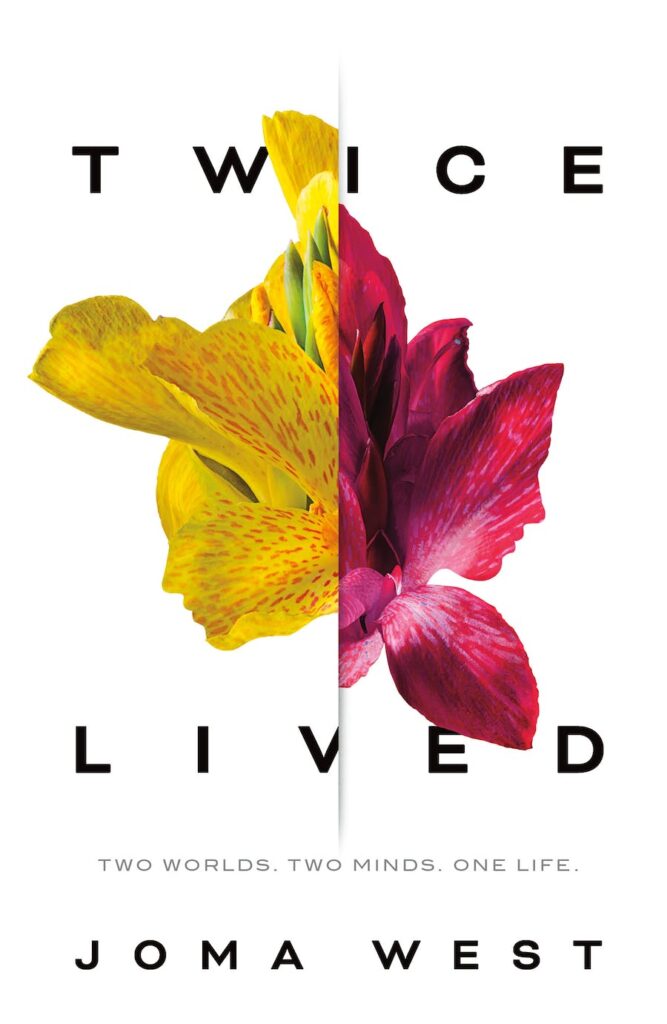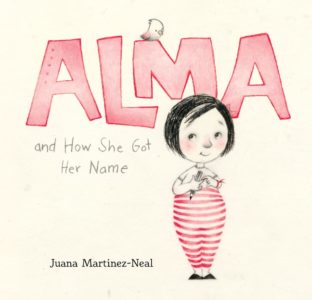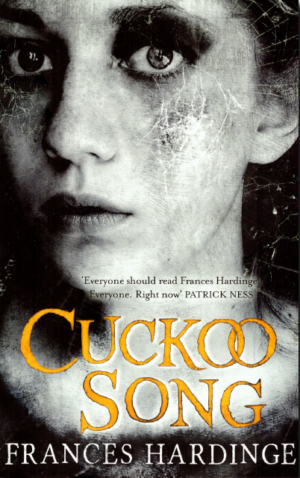Book Review: The Adventures of Mary Darling, by Pat Murphy

Mary and the other viewpoint characters are a lot of fun to follow through their adventures and evolutions, and Murphy’s insights into storytelling and explorations of the Victorian/Edwardian period are as entertaining as they are enlightening — Murphy examines historical horrors rather than glossing over them, but her characters overcome these challenges with verve.
Book Review: We Lived on the Horizon, by Erika Swyler

An artisanal bio-prosthetist and her personal house AI become aware of growing data gaps in a post-cataclysmic city run by an artificial intelligence system, precipitated by the murder of an acquaintance and the subsequent erasure of facts about the victim and his death.
Book Review: TWICE LIVED by Joma West

“… (T)he story of Twice Lived rests on readers’ empathic connection with its major characters and the bittersweet nature of life: the haphazard fortunes it throws upon us, or the random situations it thrusts us into, often without control, powerless.”
Bedtime Stories: Alma and How She Got Her Name

Bedtime Stories highlights Children’s Books with a diverse, global perspective. If you ask her, Alma Sofia Esperanza José Pura Candela has way too many names: six! How did such a small person wind up with such a large name? Alma turns to Daddy for an answer and learns of Sofia, the grandmother who loved books and flowers; Esperanza, the great-grandmother who longed to travel; José, the grandfather who was an artist; and other namesakes, too. As she hears the story of her name, Alma starts to think it might be a perfect fit after all — and realizes that she will one day have her own story to tell. Alma and How She Got Her Name, from Candlewick Press, is the debut of Juana Martinez-Neal as author-illustrator and, though it isn’t my typical fairytale fare for this column, there is nothing more powerful than the telling of your own story. Alma and How She Got Her Name is an important story about both how our names have histories and how we can create our own stories. Told through almost hazy artwork in soft pinks, grays, and blues, this is a story that, though told by a father, is filtered through the eyes of a very young girl, Alma Sofia Esperanza José Pura Candela. Alma is frustrated by the fact that her name just doesn’t seem to fit. And though she seems to be talking about how it doesn’t fit on the page, her truth is that she isn’t quite sure if it fits her. Thus begins her father’s tale of the people for whom Alma was named: the grandmother who loved flowers and books, the great-grandmother who dreamed of traveling the world, the grandfather who was an artist, and more. Through these stories Alma learns who her family was and her connection to them, not just through her name, but through the things that she loves herself. I was absolutely charmed by this beautiful book and it inspired me to reminisce about my own name, and those of my children, and how they forge the connections in my own family’s story. Alma and How She Got Her Name is the perfect book to open a conversation between parents and their little ones, whether their own names are from family, friends, or perhaps a favorite book. Suitable for children ages 4-8.
Book Review: Cuckoo Song by Frances Hardinge

It is England during the reign of King George V. The Machine Age is at its peak, and human society is in flux, becoming increasingly urbanized, secular. The Great War has come to a close, but the traumatic devastation it has wrought echoes on in family’s lives. Nations struggle to recover and political/economic turmoil presages greater conflicts and changes to come. What the future holds is not only a concern for humanity, but also for The Besiders, a race that has lived alongside us in the margins, driven further into the isolated shadows as human civilization spreads. Eleven-year-old Triss Crescent awakens in a bed surrounded by her parents and a doctor, her memory fragmented and incomplete. She gradually recalls that the family is together on vacation, and that she has had an accident, coming close to drowning in the Grimmer, a local millpond. But she has difficulty remembering the details of how she fell in, or how she managed to get out. Triss’ younger sister Pen was there to witness the accident, but Pen sulks in the corner of the room, far from Triss, and won’t say more than angrily proclaim that Triss is lying, pretending; that Triss is not who she claims to be.

